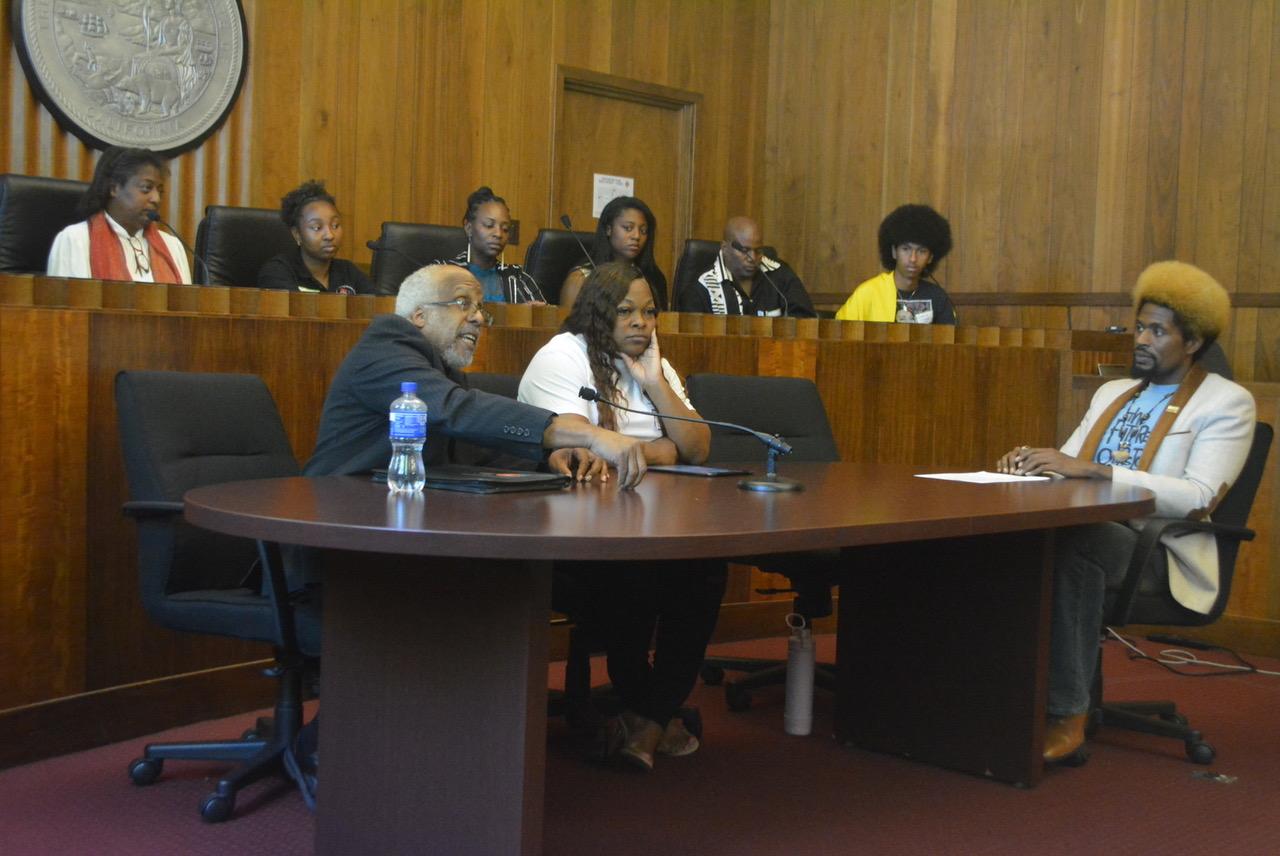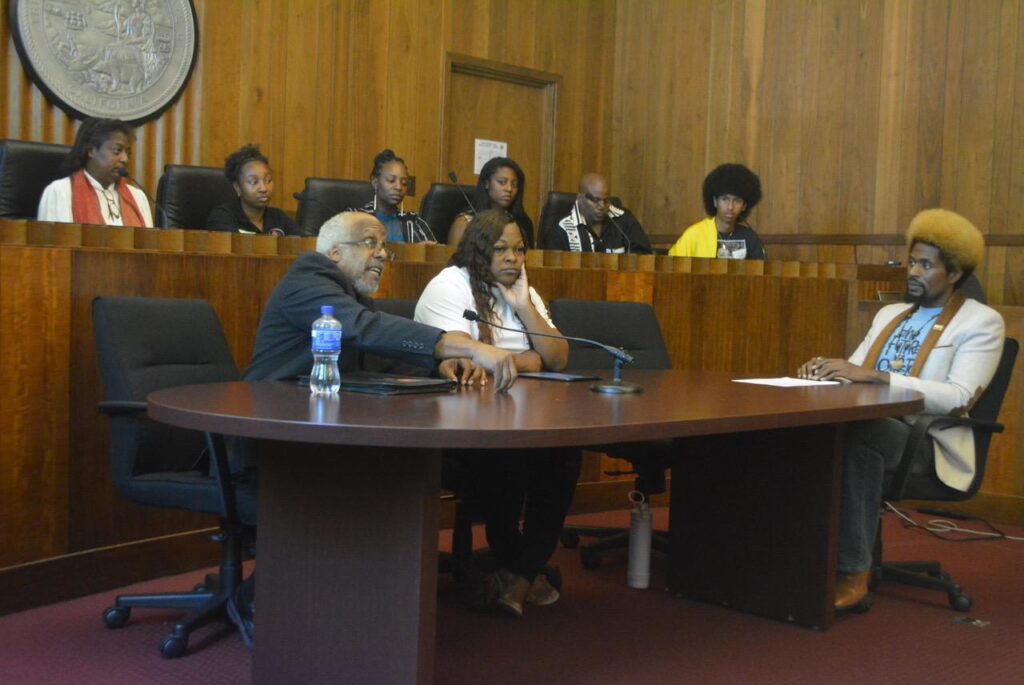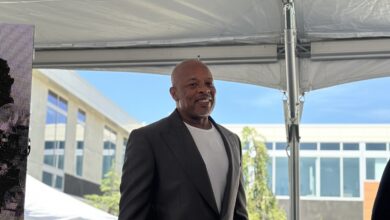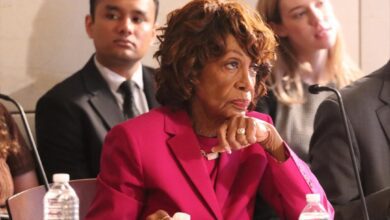
By Antonio Ray Harvey | California Black Media

The 2024 State of Black Education: Report Card was recently published by the American Civil Liberties Union California Action (ACLU California Action).
It states that California is the third most segregated state for Black students.
Co-author of the report, policy counsel Amir Whittaker from ACLU Southern California explained the criteria the ACLU use to rank California during the commemoration of the 70th anniversary of the landmark 1954 U.S. Supreme Court decision Brown vs. Board of Education held at the State Capitol the day after the Memorial Day holiday.
“For every state in the Deep South, California (schools) are more segregated,” Whittaker said. “People often think that California is not segregated or unequal as Deep South states and others. The inequalities here (in California) are actually wider.”
New York and Illinois are ahead of California regarding the racial diversity of their student bodies. According to a report May 2022 report by Stanford Graduate School of Education, the Los Angeles, Philadelphia, and New York City school districts are in the top 10 most racially segregated districts for White-Black, White-Hispanic, and White-Asian segregation based on the average levels from 1991-2020.
In bigger school districts, segregation between low-income (students who are eligible for free lunch) and non-low-income students increased by 47% since 1991, according to the Stanford Graduate School’s report.
“That’s why it’s important to look at this data,” Whitaker said. “When you have millions of people living in places like Los Angeles, Chicago, and New York, the urban areas are a lot more segregated than the south. That’s a big part of it.
A number of factors contribute to the segregation of schools in California such as parents sending their children to private schools, others optioning for homeschooling, and other reasons, Whitaker said.
The Brown v. Board of Education case declared that separating children in public schools based on race was unconstitutional. However, Whitaker pointed to cases after the landmark decision that circumvented that federal law.
According to a 2014 report by the Civil Rights Project, in the 1990s, decisions by the U.S. Supreme Court decision ended federal desegregation orders in San Francisco and San Jose. In addition, court decisions in the state that ordered desegregation in the 1970s were overturned by the 1990s. Legally, California has no school integration policy to adhere to.
“This is why we did this report. There needs to be a report just on this issue (of school segregation),” Whitaker told California Black Media. “Right now, there’s no task force or anything addressing it. I have never seen the California Department of Education talk about it. This is a pandemic (and) a crisis.”
Linnea Nelson, ACLU Northern California Senior Staff Attorney in the Racial and Economic Justice Program are the co-authored of the eight-page report.
The organization hosted an overview of the report and panel discussion at the State Capitol on May 29. California Black Legislative Caucus member Assemblymember Mia Bonta (D-Alameda) and Sen. Steven Bradford were the guest speakers. Parents, students, educators, and Black education advocates from all over the state attended the 90-minute presentation at the State Capitol.
School segregation is the No. 1 issue listed in among the report’s “24 areas of documented inequality,” along with problematic trends of racial harassment, a continuous decline of Black student enrollment, school closures, connection with school staff, chronic absenteeism, low Black teacher representation, and parent participation.
Educator John Hughes alluded to the Black exodus and the decreasing Black student population in California. Hughes, one of the panelists for ACLU’s event at the State Capitol, taught at Warren Lane Elementary School in the Inglewood Unified School District (IUSD)for 20 years.
According to IUSD’s 2021 Progress Report, the student population has fallen from approximately 18,000 in 2003-2004 to about 7,950 in 2020-2021. The report predicts that the decrease will continue, with the loss of approximately 400 to 500 students each year. The nearby Los Angeles Unified School District student enrollment has declined by 40% in the last 18 years.
“I believe fear comes into play because of the age-old discriminatory and racial practices that our students have been victims of,” Hughes said.




